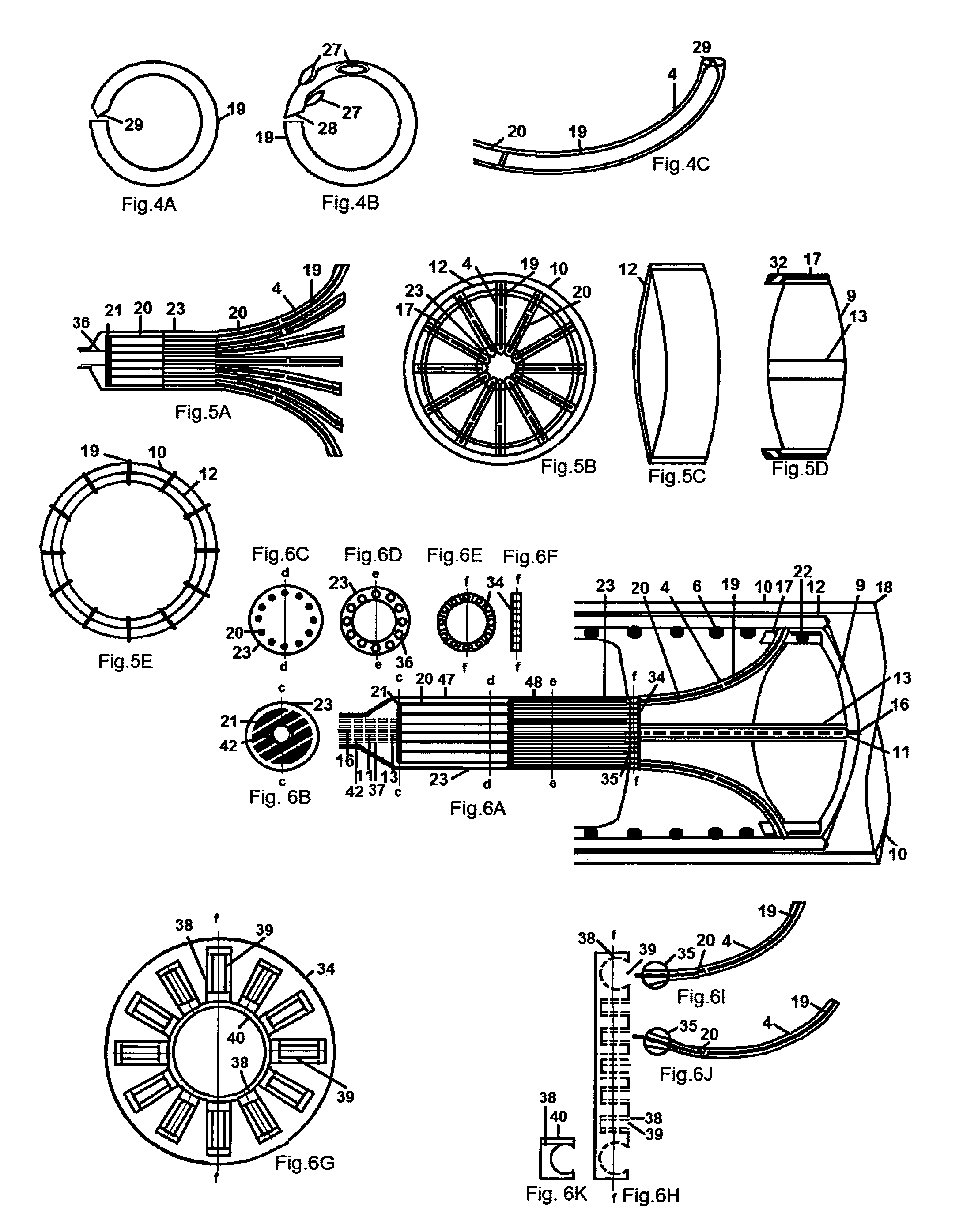Suturing an expanding, contracting graft tube in artery segment previously occluded
- Summary
- Abstract
- Description
- Claims
- Application Information
AI Technical Summary
Benefits of technology
Problems solved by technology
Method used
Image
Examples
Embodiment Construction
[0065]Having thus described the figures, methods in accordance with the present invention are now described with reference thereto. It should be understood that steps described for each process may be omitted or the order changed or performed simultaneously without deviating from the spirit or scope of the invention. The following description should be read with reference to the drawings, in which the elements in different drawings are numbered in like fashion. The drawings, which are not necessarily to scale, depict selected embodiments and are not intended to limit the scope of the invention. Examples of construction, dimensions, materials, and manufacturing processes are provided for various elements but merely as a reflection of current manufacturing practices regarding processes and materials. Those skilled in the art will recognize that many of the examples provided have suitable alternatives in materials, manufacturing processes and specific configurations which may be utiliz...
PUM
 Login to View More
Login to View More Abstract
Description
Claims
Application Information
 Login to View More
Login to View More - R&D
- Intellectual Property
- Life Sciences
- Materials
- Tech Scout
- Unparalleled Data Quality
- Higher Quality Content
- 60% Fewer Hallucinations
Browse by: Latest US Patents, China's latest patents, Technical Efficacy Thesaurus, Application Domain, Technology Topic, Popular Technical Reports.
© 2025 PatSnap. All rights reserved.Legal|Privacy policy|Modern Slavery Act Transparency Statement|Sitemap|About US| Contact US: help@patsnap.com



